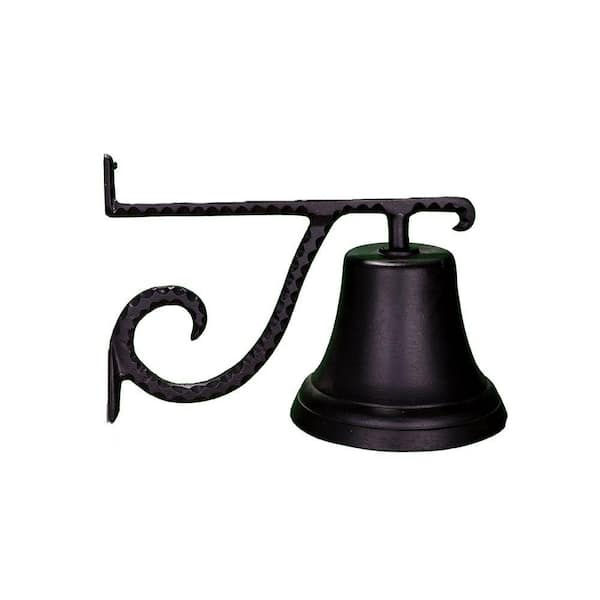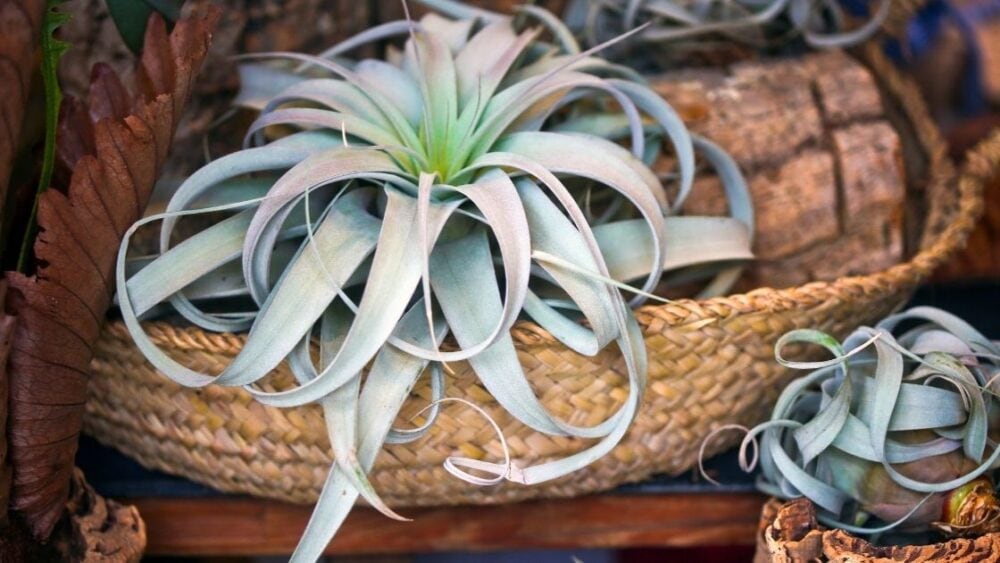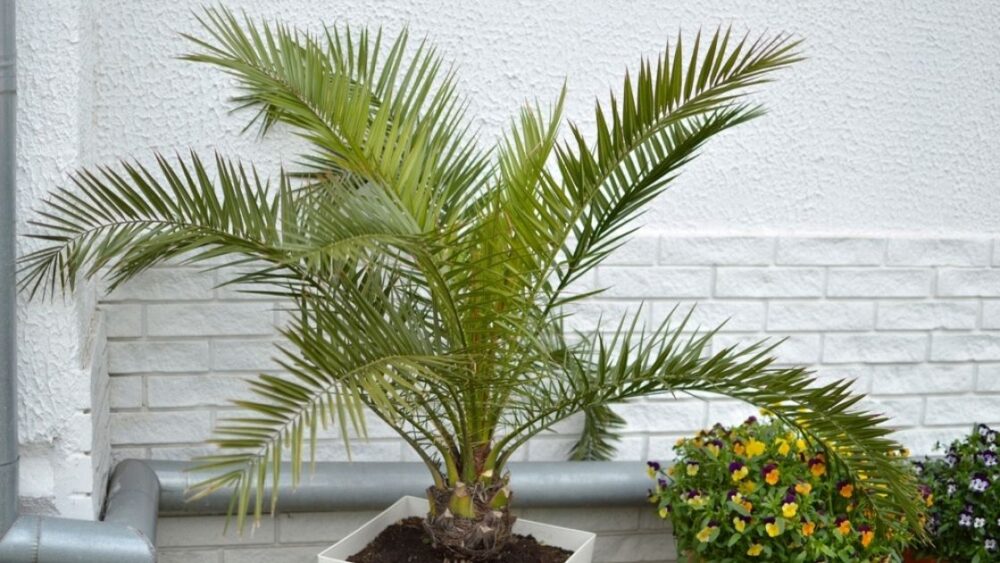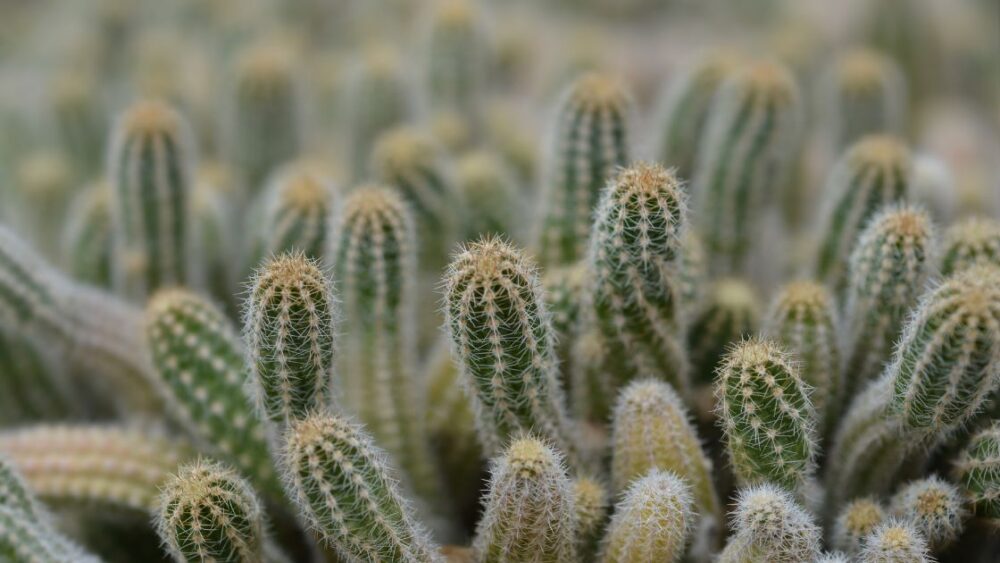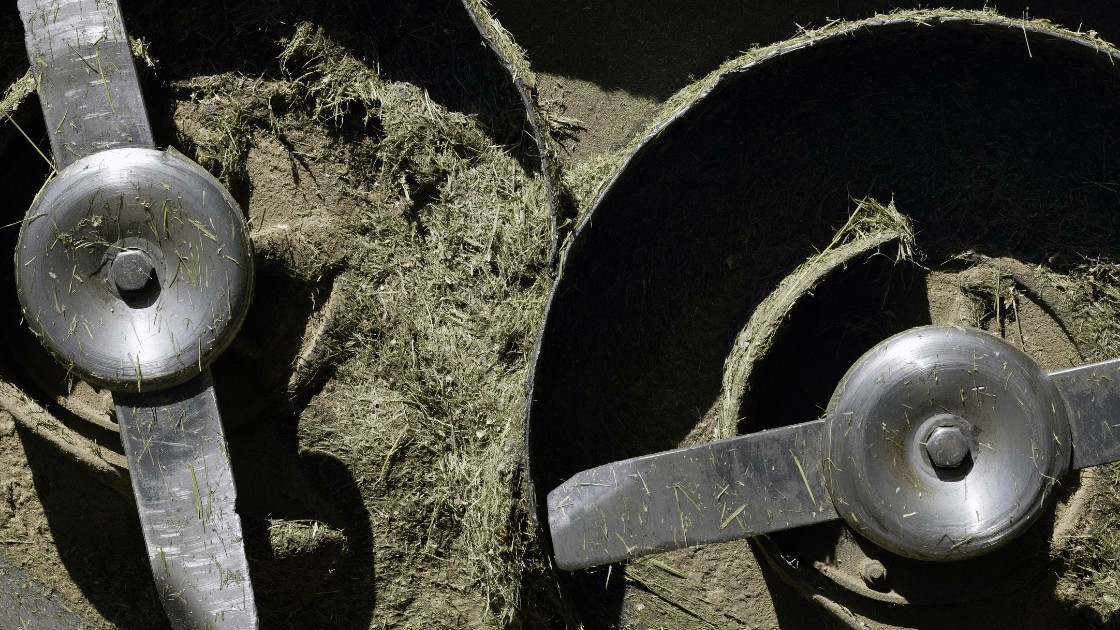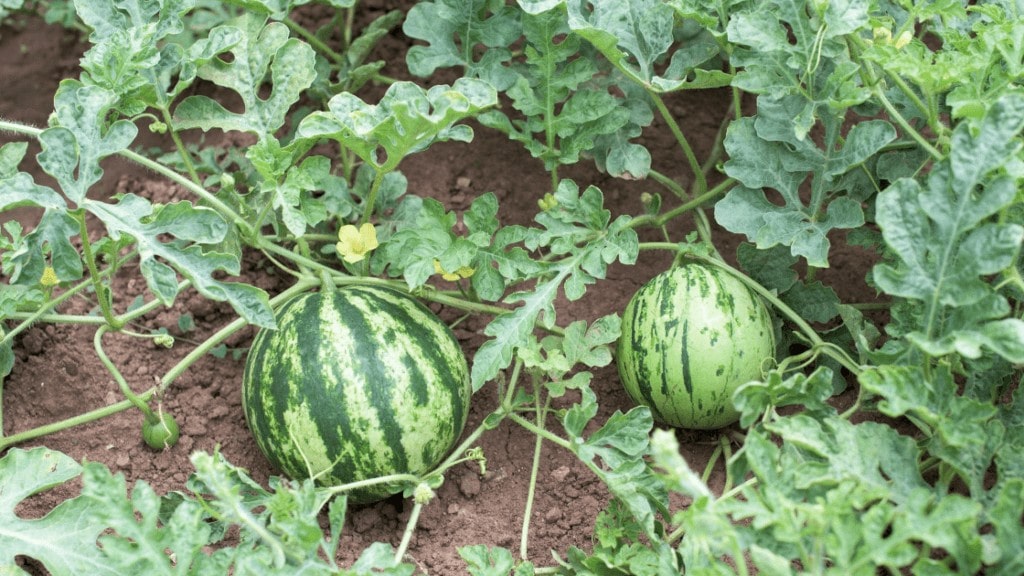
Companion Planting which is a common practice refers to the cultivation of different crops near each other. It is a branch of Polyculture that allows crops belonging to several species to grow simultaneously mirroring the diverseness of natural ecosystems. This article attempts to answer all your questions regarding Companion Plants for growing watermelon and provides a detailed explanation of the same
Owning a garden with fruit-laden trees and relishing them is something that every gardener desires. For the seasonal fruit watermelon to thrive well, proper knowledge about the different aspects of gardening is a prerequisite. As with all things in life, let’s begin.
What Is The Point Of Companion Planting?
Companion planting is a reputable and popular garden method that enriches and helps the principal plants to grow better. It provides nourishment and also helps in better maturation of the vulnerable crops. Gardeners and farmers employ this technique to ensure effective growth by perfecting soil conditions, driving away pests, and attracting helpful insects.
Browse our Affiliate Products
How Does Companion Planting Generally Work?
Companion plants attract benevolent and predatory insects that eliminate harmful bugs. It is always a safer choice than toxic chemicals used for repelling insects.
Some companion plants help in fixing nitrogen back into the soil for the other plants to receive nourishment from.
Chemicals released by some companion plants promote growth and improve the taste of the surrounding plants.
Can You Apply Companion Planting To Other Fruits And Vegetables?
Companion planting can be applied to other fruits and vegetables. What is required before starting is a thorough and detailed knowledge about the companion plants and their types, requirements, and the way they interact with their neighbors.
What Are The Ideal Companion Plants For Growing Watermelon?
In the list below, are some suggested plants, but should always think about space, and personal needs before planting.
Corn
Corn is ideal as a companion. It provides natural shade to watermelon during the hottest part of the day allowing the watermelon to survive in the midday heat.
Beans
Beans are a leguminous plant is helpful as it holds the nitrogen within the soil and enhances its quality. This ensures better nourishment for the watermelon plants.
Radishes
Radishes are useful companions that grow very quickly. Having shallow roots, they can be easily harvested and help in keeping the area free from weeds when the watermelons start growing. They are also helpful in repelling pest attacks.
Lettuce
Lettuce is also helpful as a companion because it covers the ground suppressing the weeds before the watermelon starts to mature. This also creates room for the watermelon vines to spread evenly.
Flowering plants
Watermelons depend on insects to help them in fruit production. Therefore, flowering plants with attractive fragrances like marigold, borage, and lavender are good companions. These flowers save the watermelon leaves and tendrils from microorganisms causing diseases. They also add beauty to your garden by adding a splash of their varied hues.
Nasturtiums
Nasturtiums are one of the favorite flowering plants of the gardeners. They are brightly colored and amazingly scented. Flowers and leaves of nasturtiums are edible and are also quite attractive to aphids and other harmful pests. They protect the watermelon from being destroyed by bugs, ants, and whiteflies.
Herbs
Herbs such as mint, tansy, and catnip with pungent and aromatic smell are also efficient in repelling leafhoppers, squash beetles, flies, and aphids. It can be planted in pots or beds surrounding the melons.
Leeke, chive, garlic, and onion belong to the family of alliums. They can be planted for their anti-fungal protection properties.
Lamb’s Quarter,
A type of weed influences the vigor of watermelon by increasing its mineral content.
Does Spacing Matter?
Watermelons are large-sized fruits. So, to grow them properly you need to ensure that you have ample space in your garden for the vines to spread. If you space the watermelon close to the other companion plants, the growth of all the plants will be compromised.
The spacing depends on the variety of watermelon that is being grown. If you have planned to cultivate the small bushy type variety, then a gap of 3 feet should be fine. In case you have planned to go for the giant ramblers you need to keep spacing of at least 12 feet.
When watermelons are grown in rows, it is advisable to have a space of at least 4-5 feet between the plants. The rows need to be placed 6 feet apart. With this, you can plant companion plants accordingly.
Should Watering Be The Same?
All plants should not have the same watering pattern. The watering of watermelon and its companion plants will also differ based on the type of companion plant and the amount of water it requires.
Watermelons need plenty of water regularly for their proper growth. As much as 16 gallons of water every week should be ideal for them. However, excessive watering at the plant base might wet the foliage leaving the plant vulnerable to fungal diseases.
You should be limiting watering the plant before a week of harvesting it. Dry soil will help in the concentration of the sugars inside the fruit and make it sweet.
Is Thinning Necessary?
If the soil is rich in nutrients, thinning can be avoided if the mounds or the hills on which the melons are growing are properly spaced. The same thing is applicable if there is sufficient rainfall and the soil can retain moisture. Otherwise, it is not a good option to have many plants growing close together when moisture and nutrients are scarce in the soil.
Do They Promote Growth?
Some companion plants provide support, strength, and the required nutrition to the main plant. Their presence stimulates the growth and ensures a better plant life and fullest development. Companion plants are helpful in case of pollination as well. Plants like marigold, lavender are helpful neighbors since they bloom continuously and intermittently attracting bees and ladybugs to your garden. Honeybees and native bees are important for watermelon pollination. They can be attracted by growing a group of wildflowers.
Do Companion Plants help with nutrients?
Beans increase the nitrogen content of the soil when used as a companion plant for watermelons. However, you should be careful regarding the placement of the pole beans so that they permit the watermelons to thrive well in the midday or the afternoon sun. If soil is an issues you can read more about soils by clicking here
Outdoorgardenaccessories.com/the best soil for all types of gardens/
What Problems Are Avoided With Companion Plants?
There can be problems regarding the particular species or types of companion plants. Avoid growing incompatible plants. Instead of being companions, they will end up harming the plant.
Does Weather And Shade Make A Difference?
Watermelons have a long growing season and thrive best in warm temperature. Changes in weather and shade bring about many differences. Watermelon requires the warmest season and a minimum of 65-90 frost-free days for proper maturation.
A temperature ranging within 70-90F is perfect for them. Full sun is necessary for their growth.
You should avoid growing them in regions where the night temperature drops below 50F. This will lead to the fruit losing its flavor. If the temperature rises above 90F for many days, the flowers will wither without fruit germination.
Does It Help Ward Off Destructive Insects And Rodents?
Companion planting provides a natural method of pest control. The smell of some companion plants deters insects. Aphides and Cucumber Beetles are the two major pests that can harm the growth of the watermelons. They feed on the leaves as well as transmit viruses from one plant to another. Among the best companion plants for watermelon- garlic, mint, nasturtiums, catnip, and dill are noted for saving them from aphid attacks. Radish, corn, broccoli plants help drive away cucumber beetles.
Before you use artificial pesticides and insecticides, try growing these plants that would naturally serve your purpose. If you have a aphid problem with your roses, check out this article.
Outdoorgardenaccessories.com/how do I keep aphids off my roses/
Does It Really Work?
Companion planting is one of the most favorable garden techniques that have been in use for a long time. Having a rich variety of plants will allure helpful insects and pollinators. Though plant interactions remain a mystery, some plants are noted for promoting the health of other plants.
Planting crops together help inefficient use of the garden space and also in holding the moisture of the soil.
Do Companion Plants Work With All Melon Types Or Do They Need Their Own Specific Plant?
Companion plants for watermelons differ according to the type and variety of the watermelon. The set of companion plants that might work exceedingly well with cantaloupe might not necessarily be beneficial for muskmelon. There are different varieties of melons. Companion plants should be chosen bearing that in mind.
What Should You NOT Plant With Watermelons And Why?
Normally watermelon plants get along well with most of the other plants. However, before you start sowing watermelon seeds, it is better to have an understanding of the specific plants that might give you a tough time when planted nearby your watermelon plant.
It is better to avoid growing plants like cucumber, summer squash, winter squash, and pumpkin near watermelon plants. Potatoes can attract different species of aphids when planted close. Planting tomatoes and peppers within proximity is not a good idea. Tomatoes have dense foliage. Proper air circulation is needed to prevent plant diseases and encourage growth.
Having corn planted near the melons is a good option but they should be planted in such a way that they don’t tower over the fruit and allow it to grow naturally using enough sunlight.
Keep crops like squash, cucumber, and zucchini away from your watermelon crop. These plants attract insects like cucumber beetles that damage the crop.
Avoid growing plants like mustard, rose nearby. These plants will take away the sweetness from the leaves and harm their proper development. They are also best known for attracting aphids.
Growing watermelons close to black walnut trees is not recommended. It can be a serious threat to the young plant as its vine starts growing. The juglone of the walnut can hamper the watermelon’s growth and fruit production. It can also delay the germination of the seeds.
Flowers like aster and sunflowers are the most favorable targets for aphids. So, it is recommended not to plant them nearby.
Watermelons need a lot of space for proper growth. If they are planted too close to each other their growth might be stunted.
What Happens If You Do Plant Incompatible Plants Together
Unfavorable companion plants might stunt growth and also attract harmful insects that might destroy the entire crop. Bigger or taller companion plants tend to curb the growth of the neighborhood plants. Certain plants lead germination to stop and also rob off vital nutrients that are essential for growth.
Are There Any Disadvantages Of Using Companion Plants?
Incompatible plant combinations: Certain combinations of plants do not work. Improper and inappropriate companion plants do more harm than benefit to the main crop. You should learn about the plants that are reliable as neighbors and will not hamper the growth of your principal crop.
Plants have different needs: Every plant is unique. Plants differ in their requirement of sunlight, soil pH, water, nutrients, temperature, etc. During the process of planting different varieties of crops, it becomes difficult to cater to the specific needs of each plant.
Improper use of available nutrients: When the main crop continues to thrive with the companion plants, they tend to compete for water, sunlight, and soil nutrients if the plants are placed very closely together.
Growth of weeds: Different crops have different harvesting season. If the companion crop matures and is harvested before the main crop, then chances are that weeds will grow in that space. To prevent this, the main crop needs to fill in those spaces where the companion plants were removed from.
Conclusion
There are many benefits of growing companion plants near watermelon plants. However, there exist multiple opinions. While some support this popular practice, others are not quite fond of it since the benefits are not backed up by solid scientific researches. Important factors like the weather, crop density, placement of the crops should also be taken into account while choosing the right companion plant. Planting plants together should be overall beneficial for your garden only if you do your homework well and know the specific plants which can be good neighbors and contribute towards each other’s growth.

